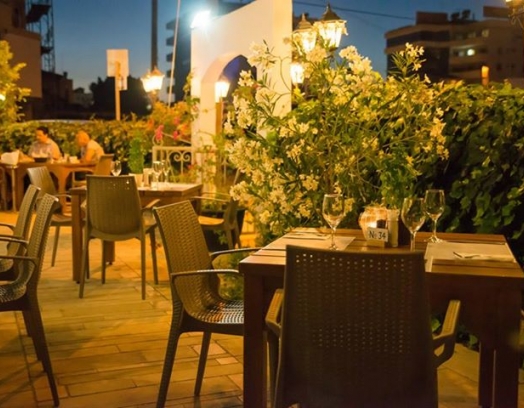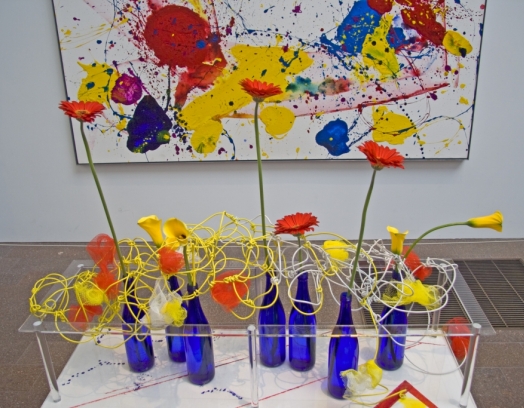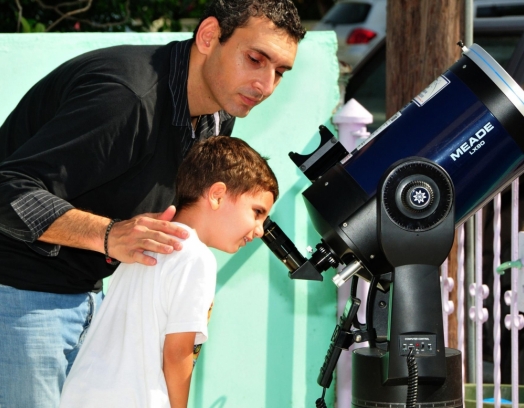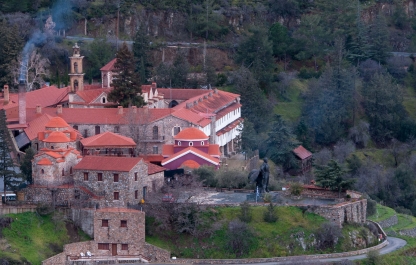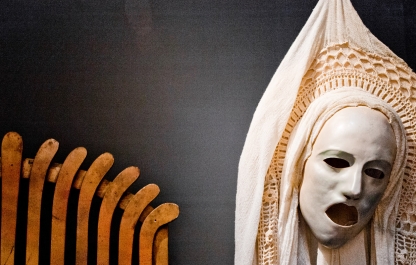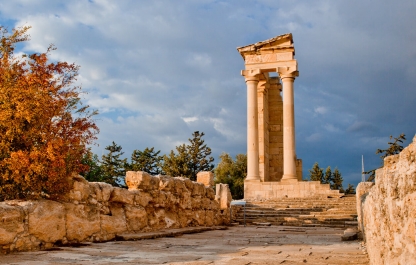Agias Theklas Monastery is near the village of Mosfiloti about 40 km from Larnaca.
The life story of St. Thekla, who the monastery was named after, has it that she was born to a noble family and was extraordinarily beautiful. She was engaged to marry but after hearing a sermon given by the apostle Paul, she was so impressed by it that she refused to marry and instead decided to devote herself to serving Christ. Her fiancé accused Paul of sorcery and the apostle was arrested and imprisoned. That very night. Thekla visited him and sat at his feet for three days listening to his sermons. On the fourth day, the preacher was cast out of the city, and Thekla was sentenced to death by being burned at the stake. She was to die a martyr, however when the fire was lit, she saw the Saviour, who blessed her for her outstanding courage and the flames did not touch her body. They were then completely extinguished by a sudden rain storm.
She had been miraculously saved and was able to leave the city, find Paul and accompany him and preach with him all the way to Antioch, where the Saint continued to spread the word about the Lord. St. Thekla was attacked several times by pagans but she always escaped. When the Saint was 90 years old, mercenaries attacked her. She prayed for help and a cave opened up in the mountain and took her in.
Agias Theklas Monastery, dedicated to the First Martyr, was built on the outskirts of the village of Mosfiloti at the request of the Empress Helena, mother of Emperor Constantine. The legend, published in 1815 by William Turner in his Journal of a Tour in the Levant, has it that when travelling through Cyprus, the Empress and her entourage stopped for the night in the picturesque area but could not find water and began to suffer from thirst. The Empress prayed that the Lord would show her where to find water and her prayers led them to a curative source. It was here that she ordered the founding of the monastery.
The exact date of the foundation of the monastery is unknown but it is believed that it occurred around the end of the 15th century. However, the first written documentation mentioning the monastery, kept in the archives of the Archdiocese, dates back to the 18th century. The documents list the church property and sacred objects belonging to the monastery.
Reference to the monastery can also be found in Chronological History of the Island of Cyprus, which was published in Venice in 1788. In 1914[1] , Henry Light, an English traveller, wrote in his essays of the poverty he saw and the neglect of the monastery. It comes as no surprise — after all, during the Ottoman rule, the monastery buildings were used as a school and the monastery itself was abandoned.
The monastery’s most prosperous time was the 18th century, when, in 1748, a new stone church was built with funds raised by parishioners. The single-nave domed basilica had a double-tiled roof that shielded it from bad weather. The exterior of the church is decorated with blind arched niches that serve as buttresses; inside, a ribbed vault supports the dome.
Resonators (ceramic sound cavities) not only improve the nave’s acoustic properties but also ease the pressure on the supporting structures. The outer arched clerestory is built onto the church from the south side. The entrances face the north and south.
In 1791, further restoration work was undertaken at the monastery. Then, the monastery was left empty right up until 1965 when, with the permission of Archbishop Makarios III, monks moved here from a monastery in Kornos that had been destroyed by the Turks. However, 14 years later, these monks also abandoned the monastery.
In 1991, two nuns from the Monastery of St. George Alamanou moved in and life at the monastery continued.
The interior of the church elegantly complements the episcopal throne, which is decorated with carvings which house the icon of St. Thekla in silver framework. The interior of the church boasts another interesting detail: a wooden balcony in the western part under the arches of the nave.
The church’s two-tiered iconostasis is made up of local and apostolic rows with icons. The whole masterpiece was created by hieromonk Philaret.
The church’s icon of St. Thekla created by the famous Cypriot artist Ioannikious dating back to 1744 is to the right of the altar rail. The face of the holy virgin is almost entirely hidden behind a golden veil as a sign of reverence for the holy image.
The holy remains of St. Thekla The First Martyr are the monastery’s treasured possession. They are kept in a silver tabernacle and many pilgrims visit them in the hope of curing themselves of physical diseases and spiritual maladies.
In the eastern part of the arched clerestory, there are ancient wooden and metal beams, which they knocked with a stick to inform nuns and parishioners that the service was beginning.
The holy spring which Empress Helena discovered and drank from is hidden under the church’s exterior apse. Nearby, there is healing clay that is believed to miraculously cure certain skin diseases.


